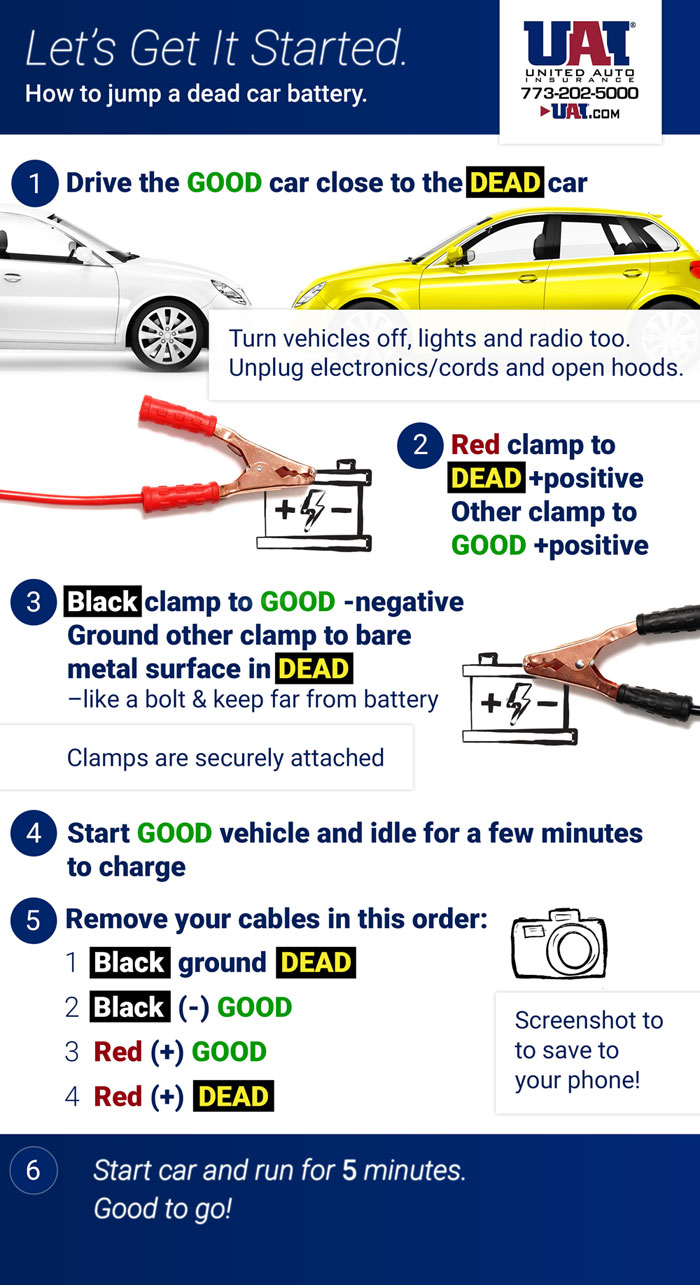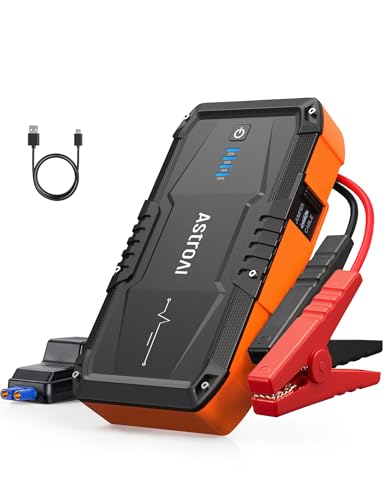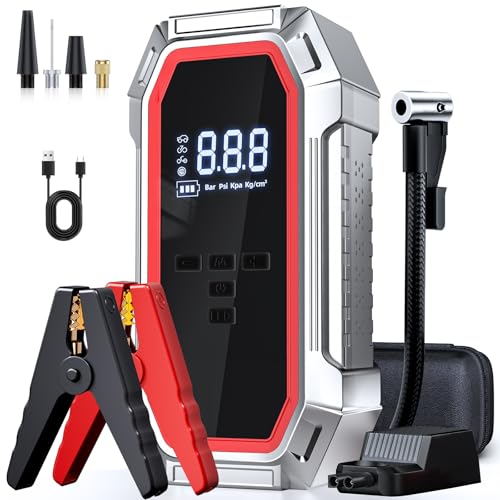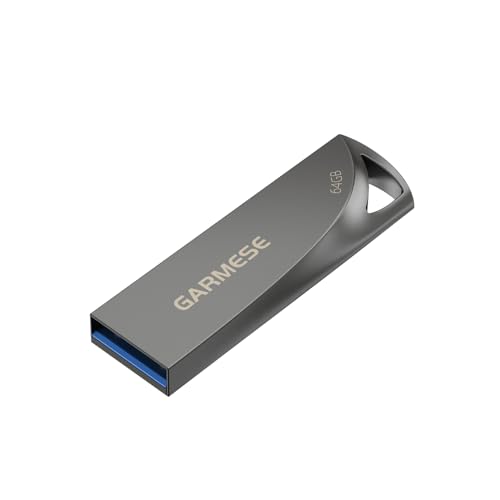So, your car battery died, you got a jump start, and now you’re wondering: what’s next? You’re not alone. This is a common situation that leaves many drivers asking the crucial question of how long to let the car run after a jump to avoid getting stranded again. Getting this wrong can mean the difference between a minor inconvenience and a second breakdown.
For a sufficient charge after a jump start, run your car for 15 to 30 minutes. Driving is recommended over idling for a faster, more effective charge. This simple step allows your car’s charging system to replenish the battery enough for the next start.
This guide provides the definitive answer, explaining exactly how long to let your car run after a jump and why. Leveraging extensive analysis of established automotive best practices, we will unpack not just the “how long,” but also the critical “why,” the most effective methods, and the warning signs that point to a deeper issue with your vehicle’s car battery or charging system.
How Long to Let Your Car Run After a Jump: The Definitive Answer
For a sufficient charge after a jump start, run your car for 15 to 30 minutes. Driving is recommended over idling for a faster, more effective charge. Based on a consensus from multiple automotive sources, this timeframe is the standard guideline to ensure your car’s alternator has enough time to replenish a significant portion of the car battery’s power. Sticking to this simple rule is the best way to prevent being stranded again shortly after a jump.

The general recommendation is to run your car for a minimum of 15 to 30 minutes after a successful jump start.
While this is a solid rule of thumb, it’s important to understand what’s happening under the hood. Knowing how your car’s electrical system works will help you make the best decision for your specific situation. This guide will walk you through everything you need to know about what to do after jump starting a dead battery, from the role of the alternator to the most effective way to recharge your car battery. Understanding these details will empower you to handle the situation confidently and diagnose potential underlying problems with your vehicle. The simple act of knowing how long to drive the car after a jump can save you time, money, and the stress of another breakdown.
Why Your Car Needs to Run: Understanding the Alternator’s Role
A jump start provides the crucial starting power to get your engine running, but it’s the alternator that does the actual work of recharging the battery once the engine is on. Many drivers mistakenly believe that a jump start fully charges the car battery, but that’s not the case. It’s essential to understand the distinct roles of the jump start process versus the function of your car’s alternator to grasp why you need to know how long to let car run after jump.
Think of a jump start like a defibrillator for the car’s engine, while the alternator is the steady IV drip that brings the battery back to health. A jump start is a temporary, powerful jolt of electricity designed to do one thing: turn the engine over. Once the engine is running, the jump start’s job is done. At that point, your vehicle’s own power-generating component, the alternator, takes over the responsibility of powering all the electrical systems and, most importantly, replenishing the charge in your depleted car battery.
To clarify the difference, here’s a simple breakdown of their functions after jump starting a dead battery:
- Jump Start: This is a temporary power boost. Its sole purpose is to provide enough external electricity to crank the engine and get it started when your own car battery is too weak to do so. It does not significantly charge the battery.
- Alternator: This is the car’s power generator. Once the engine is running, the alternator, which is a key part of the vehicle’s charging system, generates a continuous supply of electricity. This power runs everything from your headlights to your radio and simultaneously sends a current back to the car battery to recharge it.
This is precisely why the question of how long to let car run after jump is so critical. If you turn the car off immediately after the jump, the alternator hasn’t had any time to work. The battery will still be depleted, and it almost certainly won’t have enough power to start the car again on its own. Running the engine for that recommended 15-30 minutes gives the alternator the time it needs to perform its vital function and put enough charge back into the battery to ensure your next start is a successful one.
Driving vs. Idling: The Most Effective Way to Recharge Your Battery
Driving your car is significantly more effective for recharging the battery than idling because higher engine RPMs allow the alternator to produce more power. While letting your car idle in the driveway will eventually charge the battery, driving is the far superior method if you want to know the most efficient answer to how long to let car run after jump. The reason comes down to simple mechanics: how fast your engine is spinning directly impacts how much electricity your alternator can generate.
The alternator is driven by a belt connected to the engine’s crankshaft. When the engine is running at a low, steady speed—like when it’s idling—the alternator spins more slowly and produces less electrical power. However, when you are driving, the engine operates at higher and more variable revolutions per minute (RPMs). This increased engine speed spins the alternator much faster, allowing it to generate significantly more electricity. This surplus power is then used to recharge your car battery much more efficiently.
Here’s a clear comparison of driving versus idling for battery charging:
| Feature | Driving the Car | Letting the Car Idle |
|---|---|---|
| Engine Speed (RPMs) | Higher / Variable | Low / Constant |
| Alternator Output | Higher | Lower |
| Charging Efficiency | More Efficient / Faster | Less Efficient / Slower |
| Recommendation | Preferred Method | Use if driving is not an option |
Based on these mechanical principles, the expert advice is clear. If you need to charge your battery after a jump start, taking the car for a drive is the best course of action. This ensures the alternator is working at its peak capacity to replenish the battery’s charge.
Pro Tip: If you can, take a 20-30 minute drive on a highway or main road where you can maintain a steady speed. This is the ideal scenario for your alternator.
So, when you ask, “Should I drive my car immediately after jumping it?” the answer is a definitive yes. Not only is it safe, but it’s also the most effective way to address the problem of a dead car battery. If driving isn’t possible, idling will still help, but you may need to let it run for a longer period to achieve the same level of charge.
Key Factors That Affect Your Car’s Recharge Time
Your battery’s age, its level of discharge, cold weather, and use of accessories like A/C can all increase the required running time beyond the 30-minute baseline. While 15-30 minutes is a great general guideline for how long to let car run after jump, it’s not a one-size-fits-all answer. Several variables can influence how quickly your car battery recharges, and understanding them will help you make a more informed decision.
Is your battery older than 3 years? If so, you may need to lean towards the longer end of the recommended running time. Let’s break down the key factors that can either speed up or slow down the recharging process after a jump start.
- Battery Condition and Age: This is arguably the most significant factor. A healthy, relatively new car battery will accept a charge much faster than an old or weakened one. Automotive data shows that most car batteries have a lifespan of 3-6 years. As a battery ages, its ability to hold a charge diminishes. If your battery is frequently discharged or is nearing the end of its service life, it may struggle to recharge and could require running the engine for an hour or more.
Depth of Discharge: How dead was the battery? If you simply left an interior light on for a few hours, the battery might only be partially drained and will recharge relatively quickly. However, if the battery was completely drained flat and left for an extended period, it will take significantly longer for the alternator to bring it back to a sufficient state of charge. Deeply discharged batteries often need a much longer running time.
Cold Weather Conditions: Temperature plays a surprisingly large role in battery performance. In extremely cold weather, the chemical reactions inside the battery slow down, making it harder to both discharge power and accept a charge. Batteries also discharge more quickly in the cold. Because of this, you should plan on adding an extra 10-15 minutes of running time to the standard recommendation if you’re dealing with a jump start in frigid temperatures.
Battery Size and Capacity: Not all car batteries are created equal. Larger vehicles like trucks or high-performance cars are equipped with bigger batteries that have a greater capacity. While this means they can store more power, it also means they take more time to fully recharge compared to the smaller batteries found in compact cars.
Electrical Load: The term “electrical load” refers to anything in your car that uses electricity. This includes headlights, the air conditioning or heating system, the radio, and heated seats. When these accessories are running, they draw power from the charging system. To help your alternator focus all its output on recharging the battery, it’s a good practice to turn off all unnecessary electrical accessories after you get the car started. This can help speed up the recharge time.
By considering these factors, you can better estimate how long to let car run after jump for your specific situation, ensuring you give your car battery the best chance to recover.
What To Do Next: Troubleshooting After the Jump
After running the car for the recommended time, if it fails to start again, you likely have a bad battery that won’t hold a charge or a faulty alternator that isn’t charging at all. Successfully jump-starting your car and running it for 30 minutes is the first step, but what you do next is crucial for avoiding future breakdowns. The next phase involves monitoring your car’s behavior and troubleshooting if the problem persists.

If you’ve followed the guidelines for how long to let car run after jump and your car still struggles to start the next day, it’s a clear signal that there’s an underlying issue with either the car battery itself or the charging system. Here are the essential post-jump actions and troubleshooting steps to take:
- Monitor the Next Start: The real test comes the next time you try to start your car. If it starts up without any hesitation, the battery was likely just drained from a one-time event (like leaving headlights on). However, if it cranks slowly or doesn’t start at all, it’s time to investigate further.
Distinguish the Problem: Bad Battery vs. Faulty Alternator: This is the most common diagnostic challenge.
- Bad Battery: The primary symptom of a failing car battery is its inability to hold a charge. The jump start and subsequent driving charged it up, but the battery is too weak to retain that power overnight. If you need to jump the car frequently, the battery is almost certainly the culprit.
- Faulty Alternator: If your car starts after a jump but then dies again shortly after you disconnect the jumper cables, or while you are driving, this is a classic sign of a bad alternator. A faulty alternator isn’t producing enough electricity to run the car’s systems and recharge the battery, so once the initial surface charge from the jump is used up, the car shuts down.
- Get Your System Tested: The most reliable way to diagnose the issue is to get a professional test. Many auto parts stores offer free battery and charging system testing. They use specialized equipment that can quickly determine if your car battery is capable of holding a charge and if your alternator is producing the correct voltage. This step eliminates guesswork and helps you address the root cause.
Check the Voltage:
Quick Fact: A healthy, charged car battery should read around 14 volts while the car is running. If you have a voltmeter, this is a quick check you can perform.
A reading significantly lower than this while the engine is on points towards a problem with the alternator or another part of the charging system.- Consider a Battery Charger: If you frequently take short trips or don’t drive your car often, the alternator may not have enough time to keep the battery fully topped up. In these cases, or if driving isn’t an option after a jump, using a dedicated trickle charger or battery maintainer is an excellent way to ensure the battery stays healthy and fully charged.
By taking these troubleshooting steps after a jump start, you can move from simply fixing the immediate problem to ensuring your vehicle’s long-term reliability.
To ensure you’re always prepared for a dead battery, equipping your vehicle with a reliable portable jump starter is a smart move. These devices eliminate the need for another car and jumper cables, allowing you to get back on the road quickly and safely.
FAQs About Running a Car After a Jump
Navigating the aftermath of a jump start can bring up several questions beyond just how long to let car run after jump. Below are answers to some of the most frequently asked questions, providing clear, factual information based on automotive best practices and safety guidelines to help you handle the situation correctly.
Can you drive a car right after a jump start?
Yes, driving immediately after a jump start is the best way to start recharging the battery. Not only is it safe to drive right after the car starts, but it is also the most effective and recommended action. As previously discussed, driving the car at higher engine RPMs allows the alternator to work more efficiently, generating more electricity to recharge the depleted car battery faster than letting it idle. Once the engine is running smoothly, you can safely disconnect the jumper cables and begin your drive.
Do I need to replace my battery after one jump start?
Not always. If it was a one-time issue (like leaving lights on), the battery may be fine. If you need frequent jumps, the battery is likely failing. A single jump start doesn’t automatically mean your car battery needs replacement. Consider the circumstances:
* One-Time Event: If you know you accidentally drained the battery by leaving on headlights or an interior light, the battery is likely still healthy and just needs a proper recharge.
* Recurring Problem: If you find yourself needing a jump start repeatedly without any obvious cause, it’s a strong indication that the car battery is old or damaged and can no longer hold an adequate charge. In this case, getting the battery tested is the best next step.
How long should you leave jumper cables on after the car starts?
Remove the jumper cables immediately after the car starts. Leaving them on provides no benefit and is not the correct procedure. As soon as the car with the dead battery is running, the jumper cables have completed their job. There is no advantage to leaving them connected; the car’s alternator takes over the charging process at this point. For safety, it’s crucial to disconnect the cables promptly and in the correct reverse order of connection to prevent sparks.
What if I smell a rotten egg odor from the battery?
A rotten egg smell from a battery is a major warning sign. DO NOT attempt to jump-start it, as it could be dangerous. This distinct smell is hydrogen sulfide gas, which indicates the car battery is overheating, overcharging, or has an internal short. According to safety information, this condition makes the battery unstable and potentially explosive.
SAFETY WARNING: If you smell rotten eggs coming from your car battery, do not connect jumper cables or attempt to start the car. The battery is damaged and needs to be replaced by a professional.
Final Summary: Key Takeaways for After a Jump Start
Successfully navigating a dead battery situation goes beyond simply getting the car started again. The actions you take immediately after are critical for ensuring you don’t find yourself stranded a second time. By understanding the core principles of your vehicle’s charging system, you can handle the situation with confidence and make informed decisions about your car’s health. Now you have the knowledge to handle a dead battery confidently. The next step is to determine if it was a one-time fluke or a sign of a bigger issue.
In summary, after a jump start, drive your car for 15-30 minutes to let the alternator recharge the battery. If the car won’t start again later, have your battery and charging system tested.
Here are the most critical takeaways to remember:
- Run Time is Key: The most important step after a jump is to run the engine for at least 15 to 30 minutes. This gives the alternator, not the jump start, the necessary time to begin recharging the battery.
- Driving is Superior: Whenever possible, drive the car rather than letting it idle. Driving at higher RPMs spins the alternator faster, generating more electricity and charging the car battery much more effectively.
- Troubleshoot Persistent Issues: A single jump start can happen to anyone. However, if your car requires frequent jumps, it’s a clear signal of an underlying problem. The most likely culprits are a failing battery that can no longer hold a charge or a faulty alternator that isn’t producing one. Getting a professional test is the best way to diagnose the issue accurately.
Last update on 2025-10-08 / Affiliate links / Images from Amazon Product Advertising API













